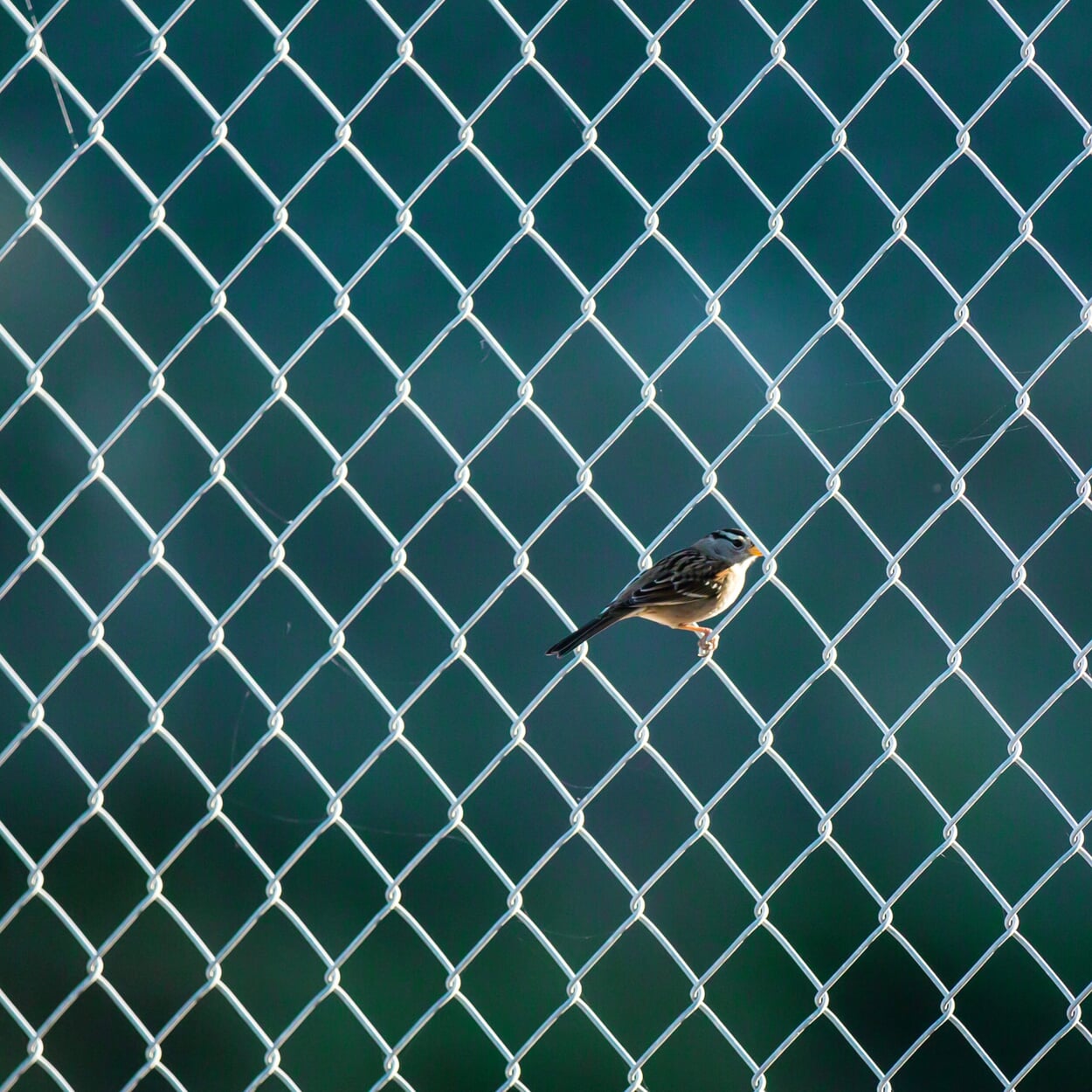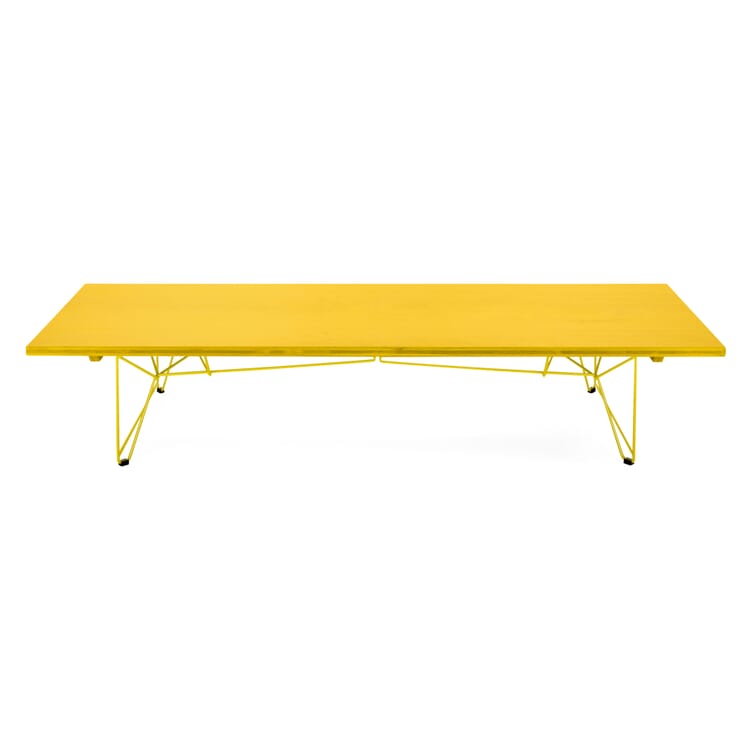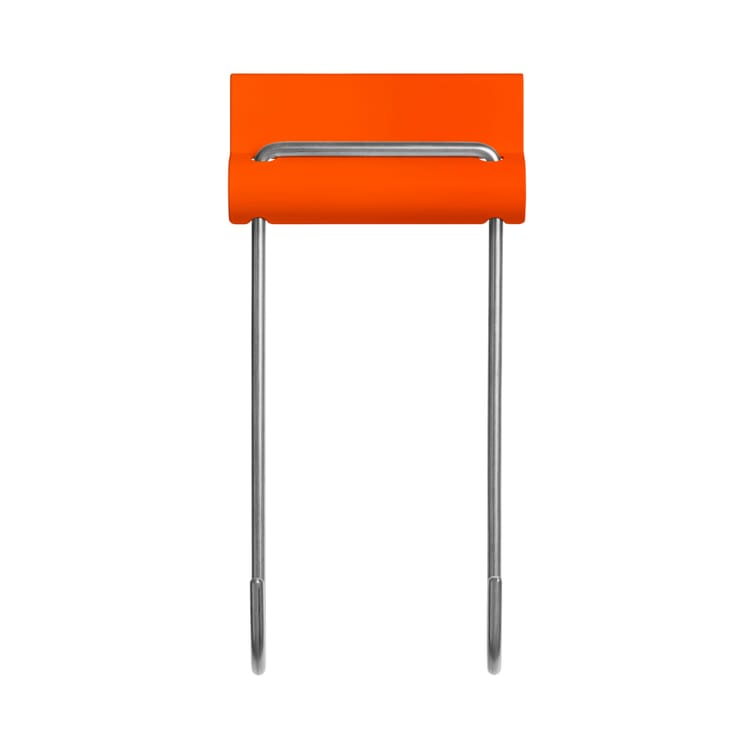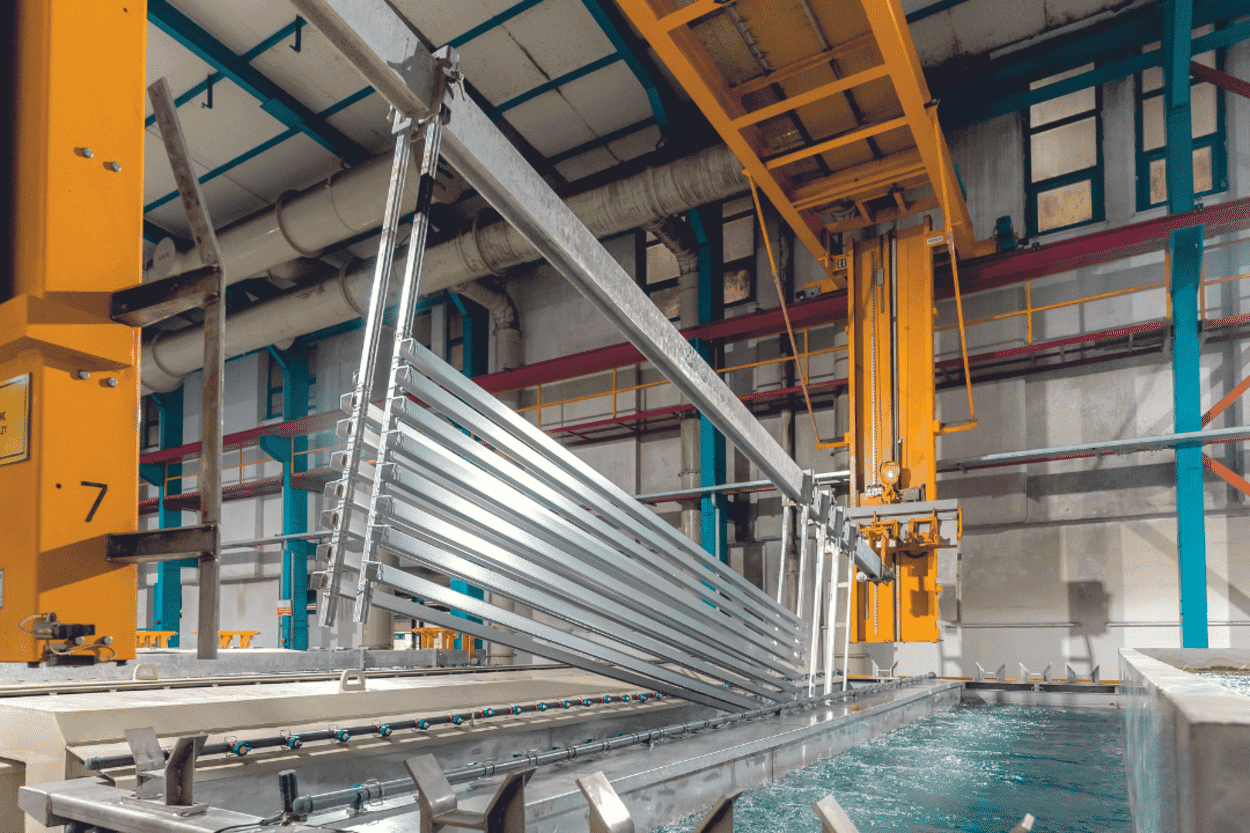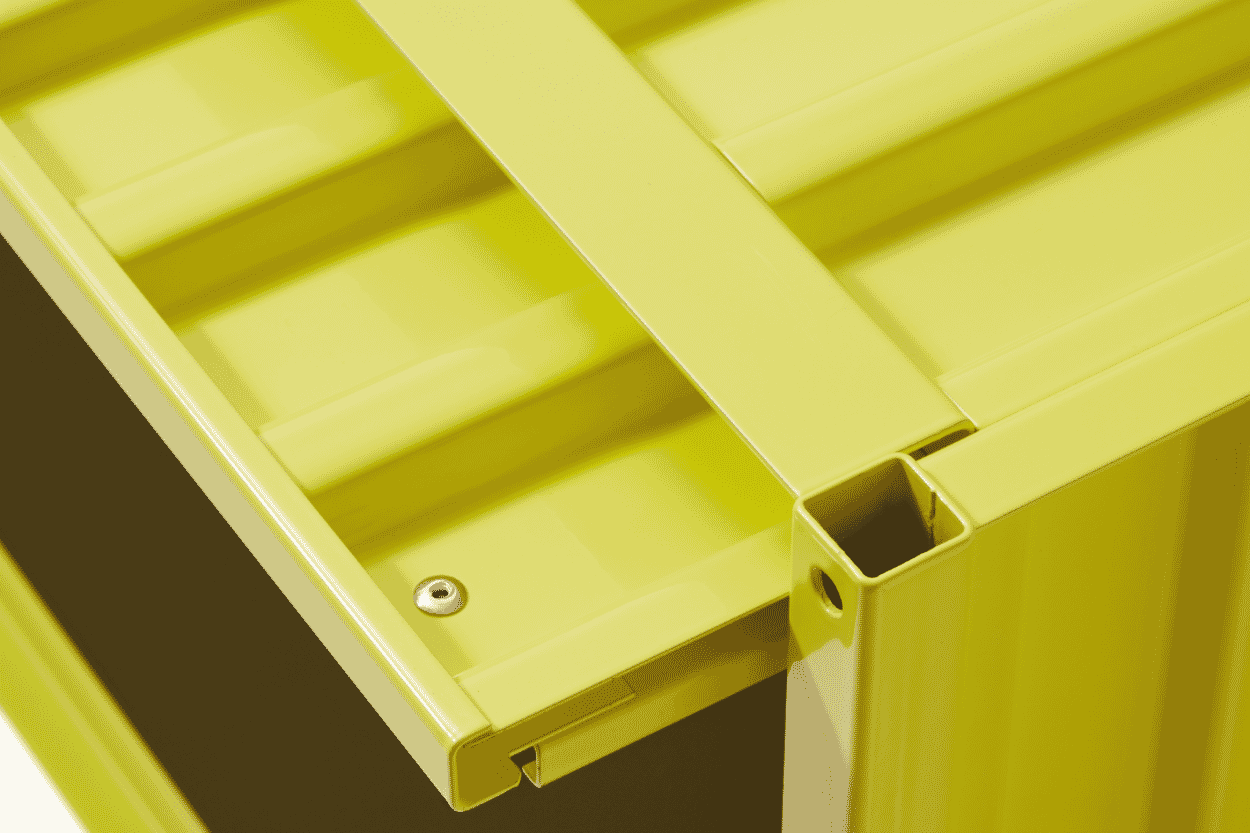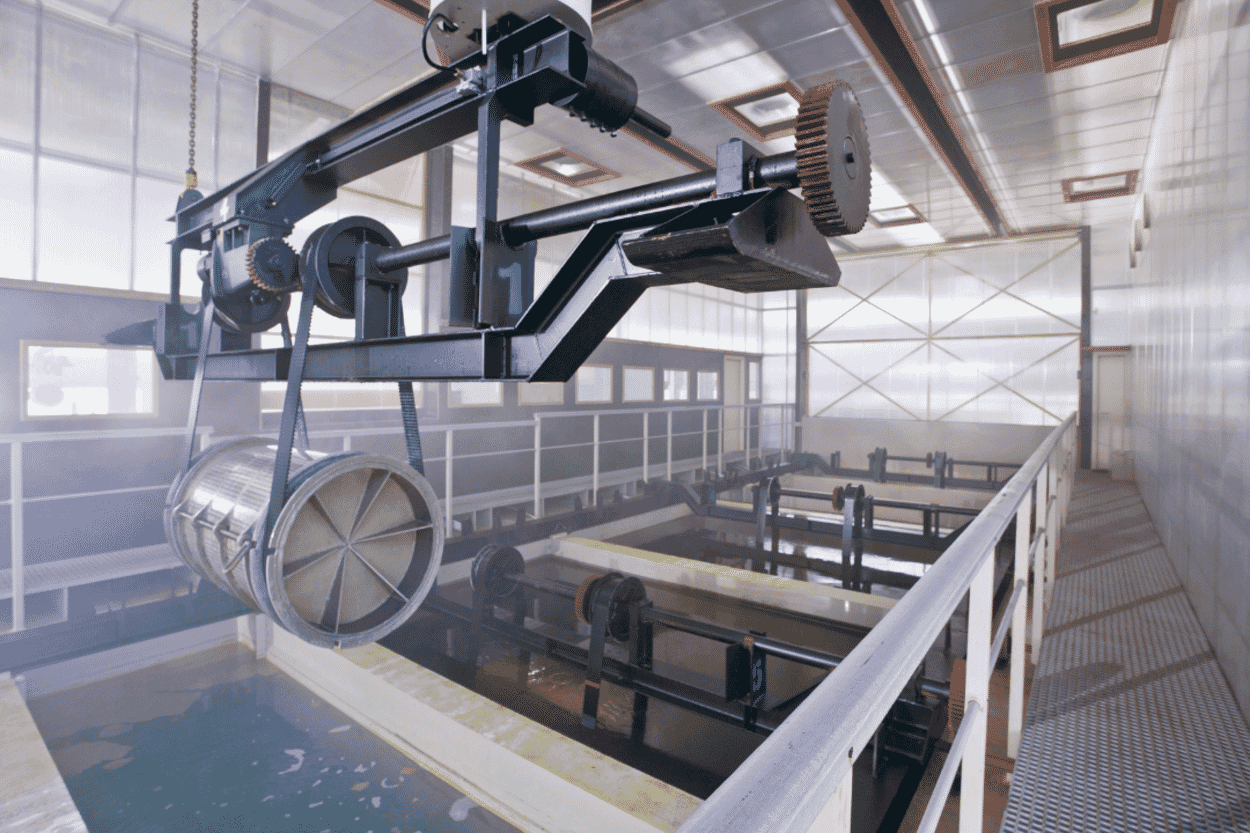What actually is wire?
**Wire as a simple deformation state of metal is perhaps not one of the most fashionable materials at the moment. However, from the wire-puller in the background to the hot wire in the Cold War to a difficult diplomatic tightrope act, wire as a metaphor has become deeply inscribed in our language. For good reason, because to call the material versatile would be quite an understatement ** Text: Stephan Becker
The small wire basket of a champagne bottle is called an agraffe, and everyone knows the phenomenon: if there's one lying around, you play with it. Wire, it seems, has an attraction all of its own. This certainly has something to do with how intuitively and easily such thin metal can be shaped - all it takes is a little finger strength. The production of wire has been documented for around 5,000 years. While gold threads, i.e. gold wire, were still cut from hammered plates in the Bible, the drawing process has been established as the standard since the early Middle Ages. A blank, which today is usually produced by continuous casting, is drawn through tapered holes and brought to diameter in several steps at room temperature. The fact that water-powered machines were used for this 500 years ago testifies to the importance of the product. Practically all metals from soft aluminum to hard titanium are suitable for wire production. Unlike tubes, which are hollow on the inside, wire is always solid. Wire is used in all sectors and industries, as filters in the chemical industry and as cables in electrical engineering. As art or jewelry, wire even beautifies our world. The sculptor Alexander Calder, for example, created small wire portraits of his friends. Designers also love the material, as it allows them to draw a three-dimensional line in space.
The essence of wire: it is easy to work with and stable at the same time. A simple bending machine is sufficient to produce a furniture frame from steel wire - despite the relatively large diameter for this purpose. And as a three-dimensional mesh - think of shopping carts, for example - the load-bearing capacity of the material increases considerably. The result is a very strong yet lightweight construction. Conversely, this does not mean that flexible structures are not possible. Parrots in zoos fly under free-span aviaries and high-strength wire nets protect against falling rocks in the mountains. In everyday life, we usually encounter wire in its natural metallic form. We are familiar with rusty mesh fences from the garden, we clean pots with stainless steel sponges - and some of the bridges we drive over are supported by ropes made of wire. Thanks to finishing techniques such as powder coating, delicate accents in color have long been possible, especially in furniture construction. And galvanized wire objects last for decades, even outdoors. No wonder that MAGAZIN also likes to use the secret Wunderwerkmaterial for its own collection, the MAGAZIN products.
Images: © Grafphotographer | Dreamstime.com; Maarten van den Heuvel, Unsplash
Things made of wire
What does... actually mean?
Corrosion protection usually means applying an additional coating. With aluminum, however, a little oxygen is enough. In the electrolysis process, the metal forms a hard and durable surface of aluminum oxide on its own. And it can even be colored
Durable, versatile, low-emission, efficient. Powder coating may not sound so glamorous, but if you want a colorful finish, there is hardly a better process for surface protection. Thanks to electrostatic effects, perfect surfaces can be produced.
Raw, unadorned, radical - galvanized surfaces have a special aesthetic and often develop a fascinating beauty in combination with the material, shape and surroundings. At MAGAZIN, we value the material and use it in various products.





